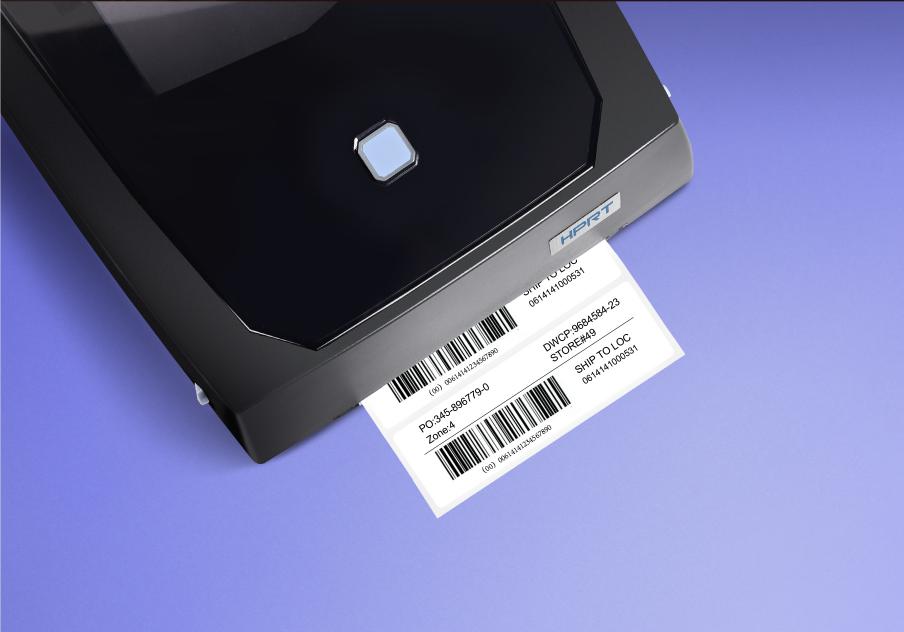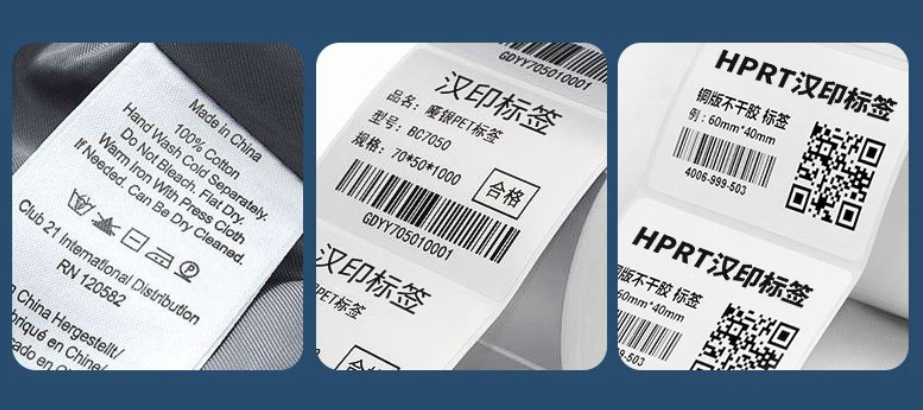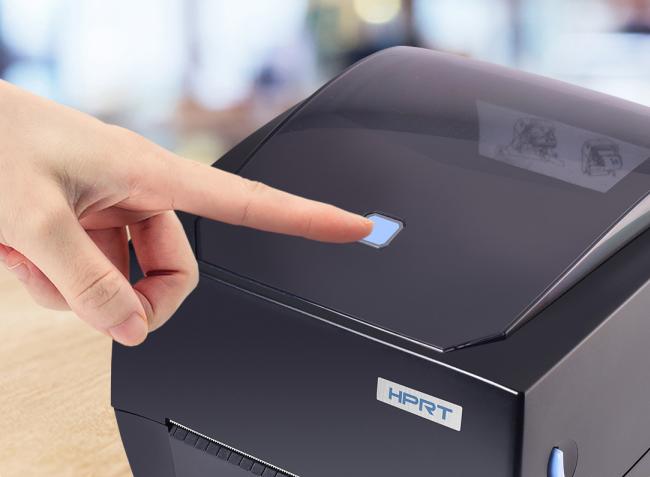Thermal Transfer vs. Inkjet Label Printers: A Comprehensive Comparison Guide

Whether it be product labels, mailing labels, or warehouse shelf labels, a clear and beautiful label can bring us great convenience. There are many types of label printers on the market, undoubtedly, thermal transfer label printers and inkjet label printers are two of the most popular ones. So which one is more suitable for your needs? This article will provide you with a detailed comparative analysis to help you make a wise choice.
Thermal transfer label printers
The thermal transfer label printer uses a heated print head to transfer the ink on the carbon ribbon to the label material, forming clear text and images. This printing method has high durability and clarity but also has certain limitations.
Advantages
a.High printing quality with clear edges for text and images;
b.Good durability that is not easy to fade or wear;
c.Suitable for various types of label materials.

HPRT, a reliable manufacturer of system printing solutions, provides a variety of thermal transfer label printers . Its HPRT HT130—a professional 4-inch thermal transfer label printer with a resolution of 300dpi, comes with simple design and one-button multi-function, which is compatible with various types and sizes of labels, thus fully meeting your printing needs.

Disadvantages
a.Need to replace carbon ribbon, increasing usage cost;
b.Not suitable for color printing, usually single color, with few brands supporting dual-color label printing.
Inkjet label printers
The inkjet label printer sprays tiny ink droplets onto the label material to form high-resolution text and images. This printing method is suitable for color label printing but has certain limitations in durability and cost.
Advantages
a.Full-color printing suitable for applications that require rich colors and exquisite patterns;
b.The development of environmentally friendly ink reduces the impact of inkjet printers on the environment.
Disadvantages
a.Compared with thermal transfer printing, inkjet printing has poor durability;
b.Printing speed is relatively slow;
c.Need to use ink cartridges, which are more expensive than carbon ribbons;
d.Ink dries easily, which may cause nozzle blockage and increase maintenance costs.
Comparative analysis: thermal transfer label printers vs Inkjet label printers
Printing quality
The thermal transfer label printer can provide high-resolution printing effect, especially suitable for applications that require clear images and text such as barcodes or QR codes. Inkjet printers are known for their full-color images and high-quality printing suitable for labels that require rich colors and exquisite patterns such as product packaging and promotional materials.
Taking cosmetic labels as an example, thermal transfer label printers have advantages in printing ingredient lists and barcodes while inkjet printers are better at displaying product visual effects and highlighting brand image.

Speed & efficiency
Thermal transfer label printers usually have faster printing speeds, which is critical for enterprises that need to quickly produce large quantities of labels. The logistics industry is a good example. By using thermal transfer label printers, it can ensure that the labels of packages are quickly generated to improve overall transportation efficiency.
The speed of inkjet printers is relatively slow, especially in full-color image printing. Therefore, in scenarios where large quantities of labels need to be produced, inkjet printers may not be the best choice. However, this speed difference may not have too much impact on small batch or personalized label requirements.
Cost
In the long run, the usage cost of thermal transfer label printers is usually lower. Although it requires purchasing and replacing carbon ribbons, the maintenance cost of this type of printer is relatively low and has stronger durability. At the same time, thermal transfer printers have higher cost-effectiveness when printing large quantities of labels.
In contrast, inkjet printer ink costs are higher, especially in full-color printing. In addition, inkjet printers may require more frequent maintenance such as cleaning nozzles, thereby increasing additional costs.
Applicable materials
Thermal transfer label printers apply for various types of label materials including paper, plastic and metal, making them useful in various industries such as manufacturing industry, retail industry and logistics industry. While inkjet printers are relatively limited in applicable materials, which are mainly fitted for paper and specific types of plastic labels.
Conclusion
In short, both thermal transfer label printers and inkjet label printers have their unique advantages and disadvantages. When choosing the printer that best suits your needs, carefully consider their performance in printing quality, speed, cost, and applicable materials, so that you can find the best solution for your label printing needs.


评论
发表评论